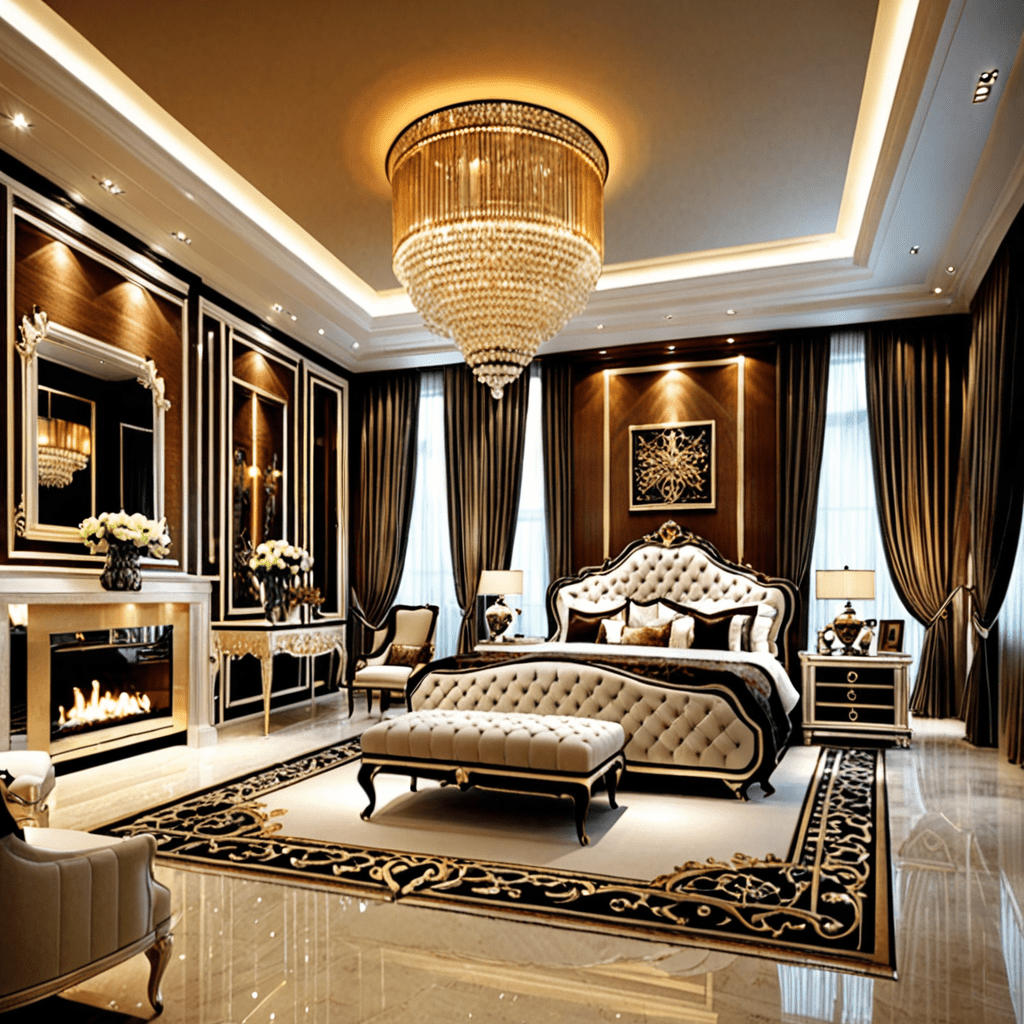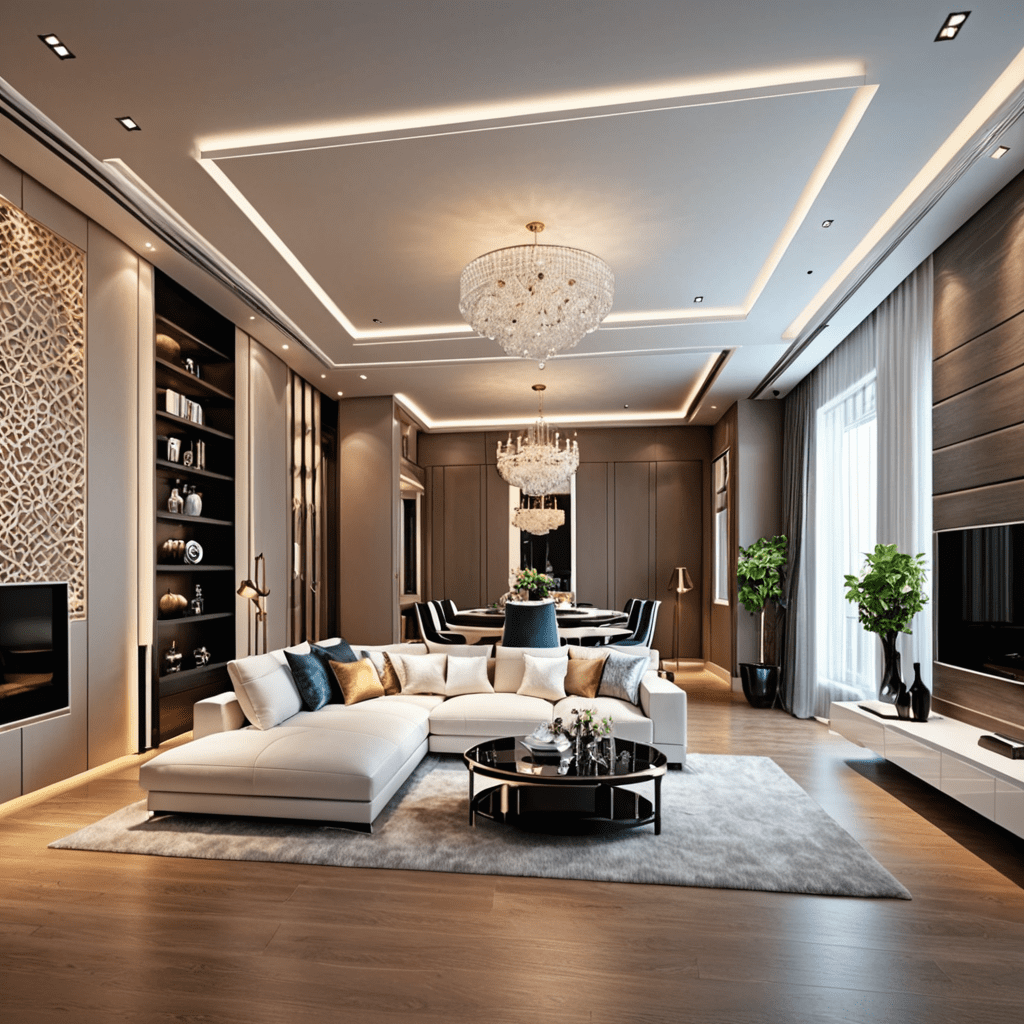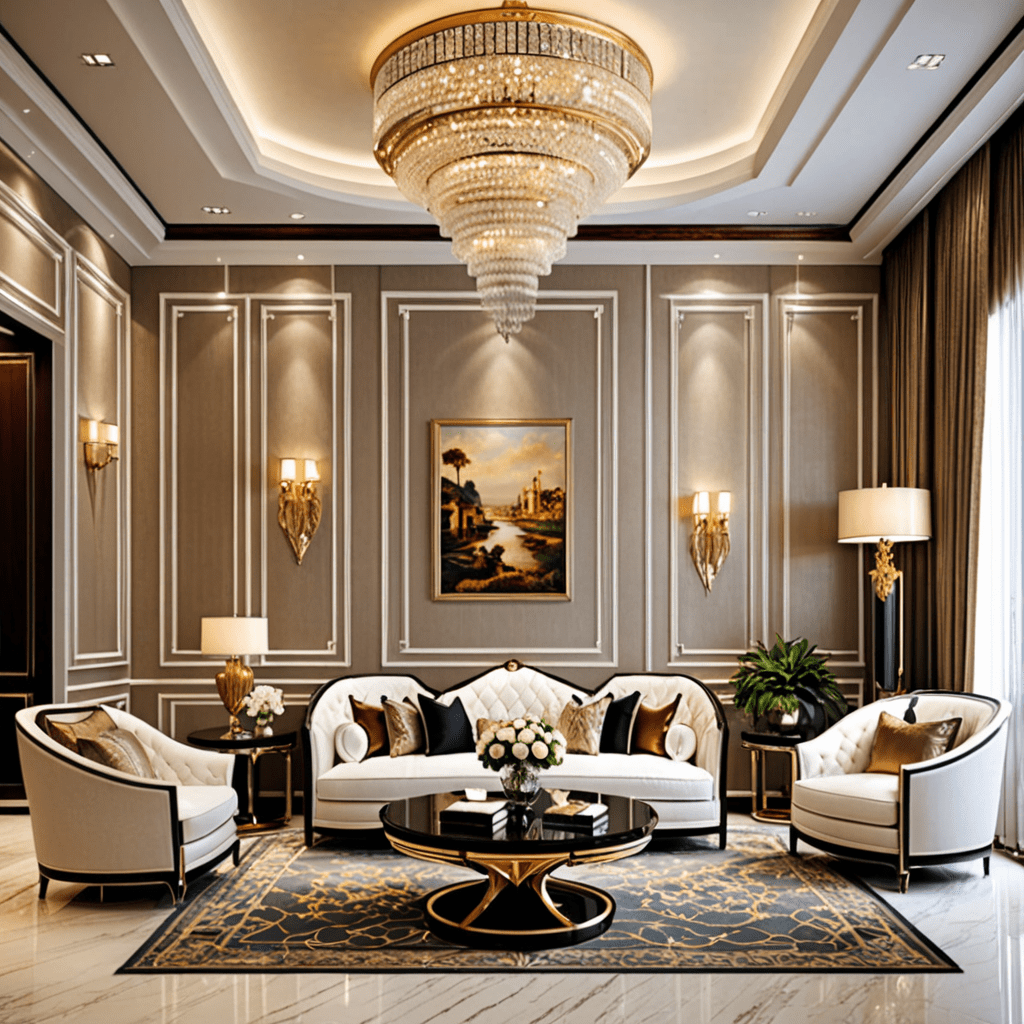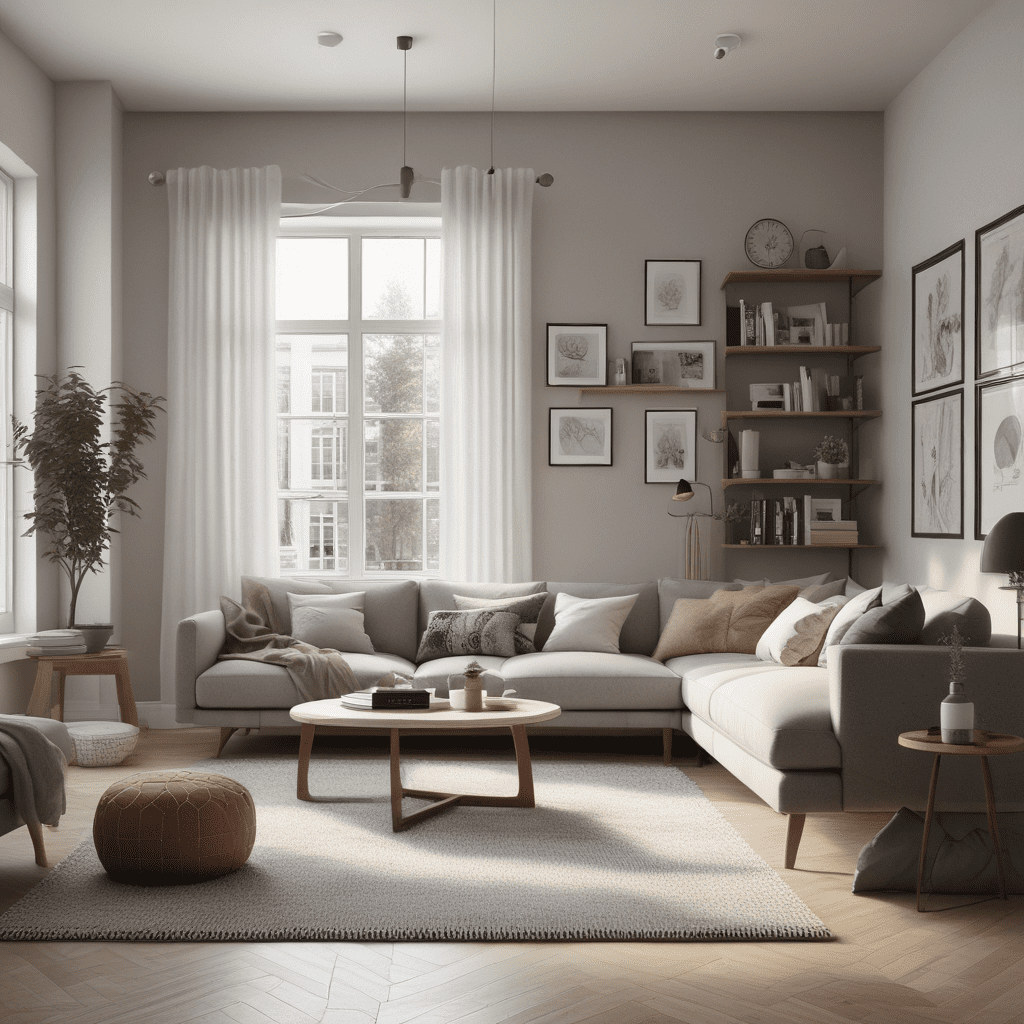How to Maximize Natural Light in Your Home
Introduction
When it comes to creating a comfortable and aesthetically pleasing living space, interior design plays a crucial role. It is not just about selecting furniture and choosing colors, but also about creating a harmonious environment that reflects your personal style. One of the key elements of interior design is maximizing natural light, as it not only creates an inviting atmosphere but also has numerous benefits for our well-being. In this article, we will explore the key elements of interior design and provide practical tips on choosing furniture. We will also discuss how art and decor can enhance the ambiance of a room.
Key Elements
Element 1: Color Palettes
The color palette you choose for your home sets the tone and mood of the space. When it comes to maximizing natural light, opting for light and neutral colors can make a significant difference. Lighter shades such as whites, creams, and pastels reflect light and give the illusion of a brighter and more spacious room. Avoid dark or bold colors on walls and furniture, as they tend to absorb light and make the space feel smaller.
Element 2: Furniture Arrangement
Proper furniture arrangement is essential for both functionality and aesthetics. When it comes to maximizing natural light, consider placing furniture away from windows or using low-height furniture that does not obstruct the flow of light. Opt for open shelving or glass furniture that allows light to pass through. Additionally, keep in mind the scale and proportion of the furniture, as oversized or bulky pieces can overshadow the natural light and make the room feel cramped.
Element 3: Lighting
While natural light is the ideal source of illumination, it is essential to have proper artificial lighting as well. Incorporate a combination of ambient, task, and accent lighting in your space to create a layered and well-lit environment. Use dimmers to control the intensity of the lights and create different moods throughout the day. Avoid heavy drapes or curtains that block the natural light during the day and consider sheer curtains or blinds that allow light to filter through.
Element 4: Accessories
Accessories play a vital role in adding personality and charm to a room. When it comes to maximizing natural light, choose accessories that reflect light, such as mirrors, metallic accents, and glass decor. Mirrors, in particular, can be strategically placed to bounce natural light around the room, making it appear brighter and more spacious. Additionally, incorporate greenery or potted plants near windows to bring a touch of nature into your space and add freshness to the atmosphere.
Tips for Choosing Furniture
Tip 1: Size Matters
When selecting furniture, consider the size of the room. Avoid oversized or bulky pieces that can overwhelm the space and obstruct the natural light. Opt for furniture that is proportional to the room and allows for proper circulation. Measure your space carefully before purchasing furniture to ensure a perfect fit.
Tip 2: Style and Functionality
Choose furniture that not only matches your personal style but also serves a purpose. Look for pieces that are both aesthetically pleasing and functional. Consider versatile furniture that can adapt to different needs, such as a coffee table with storage or a sofa that can be converted into a bed. This way, you can maximize the functionality of your space without compromising on style.
Tip 3: Material and Color
When it comes to maximizing natural light, consider the material and color of your furniture. Opt for light-colored upholstery that reflects light and brightens the room. Avoid heavy and dark fabrics that absorb light. Additionally, choose furniture made of materials that are easy to clean and maintain, ensuring that your space remains fresh and inviting.
Incorporating Art and Decor
Idea 1: Selecting Artwork
Artwork can add character and visual interest to a room. When choosing artwork, consider the style and theme of your space. Opt for pieces that complement the color palette and overall design. If you want to maximize natural light, choose artworks with bright colors or reflective surfaces that can enhance the brightness of the room. Additionally, consider the scale and proportion of the artwork, ensuring that it is appropriate for the size of the wall and the room.
Idea 2: Displaying Decorative Items
Decorative items can be used to accentuate the style and ambiance of a room. When it comes to maximizing natural light, choose decorative items that are light in color and reflect light. Avoid cluttering the space with too many accessories, as it can make the room feel crowded and restrict the flow of light. Instead, opt for a few carefully curated pieces that create a focal point and add visual interest to the room.
In conclusion, maximizing natural light in your home is not only aesthetically pleasing but also has numerous benefits for your well-being. By considering key elements of interior design such as color palettes, furniture arrangement, lighting, and accessories, you can create a space that is both comfortable and visually appealing. Follow the tips provided for choosing furniture that complements your space, and don’t forget to incorporate art and decor to enhance the ambiance. By harnessing the power of natural light, you can transform your home into a bright and inviting sanctuary.





